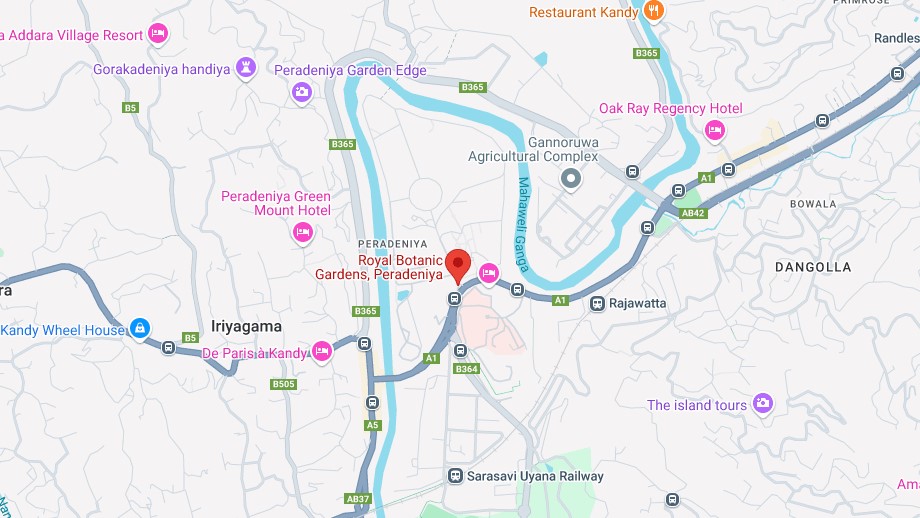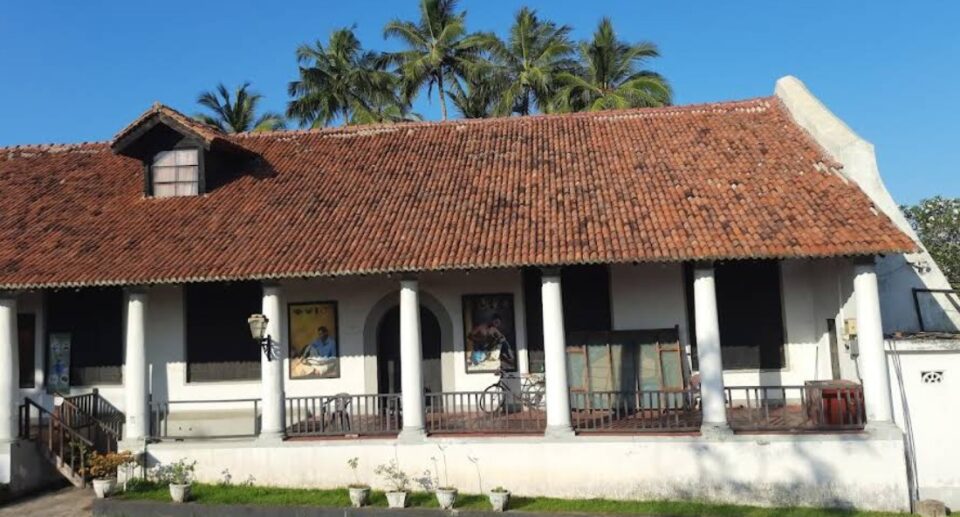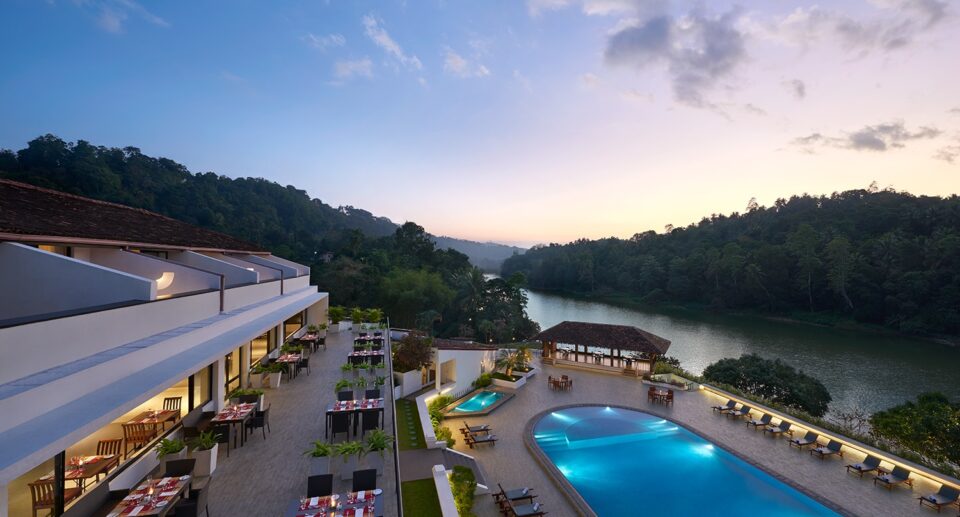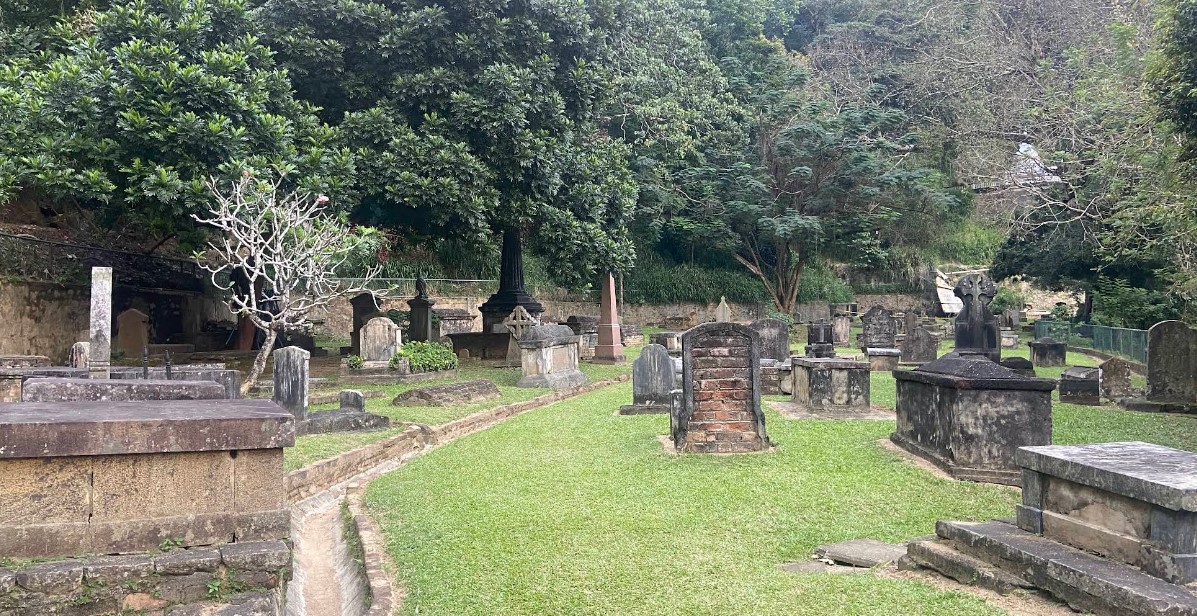Royal Botanical Gardens, Peradeniya: A Living Legacy of Sri Lanka’s Flora
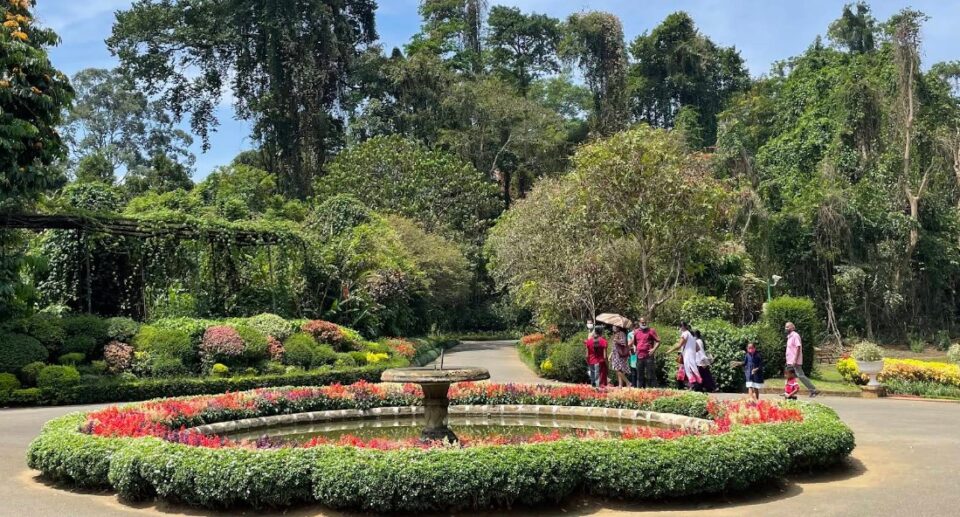
The Royal Botanic Gardens at Peradeniya, just a few kilometers west of Kandy, is one of Sri Lanka’s most valued natural monuments. It covers over 147 acres of land and is not only Sri Lanka’s largest botanical garden but also one of the most finely curated gardens in all of Asia. Known for its vast collection of plants, trees, flowers, and endemics, the garden draws botanists, tourists, nature lovers, and students. The Peradeniya is not only a garden but also a research botanical center, conservation site, and ecological study center.
Historical Background
The Royal Botanical Gardens trace their history as far back as the 14th century in the reign of King Wickramabahu III (1371–1394), who created the location a royal pleasure garden. The British colonial authority established the present-day botanical garden we now enjoy in 1821 as a consequence of the fall of the Kandyan Kingdom in 1815.
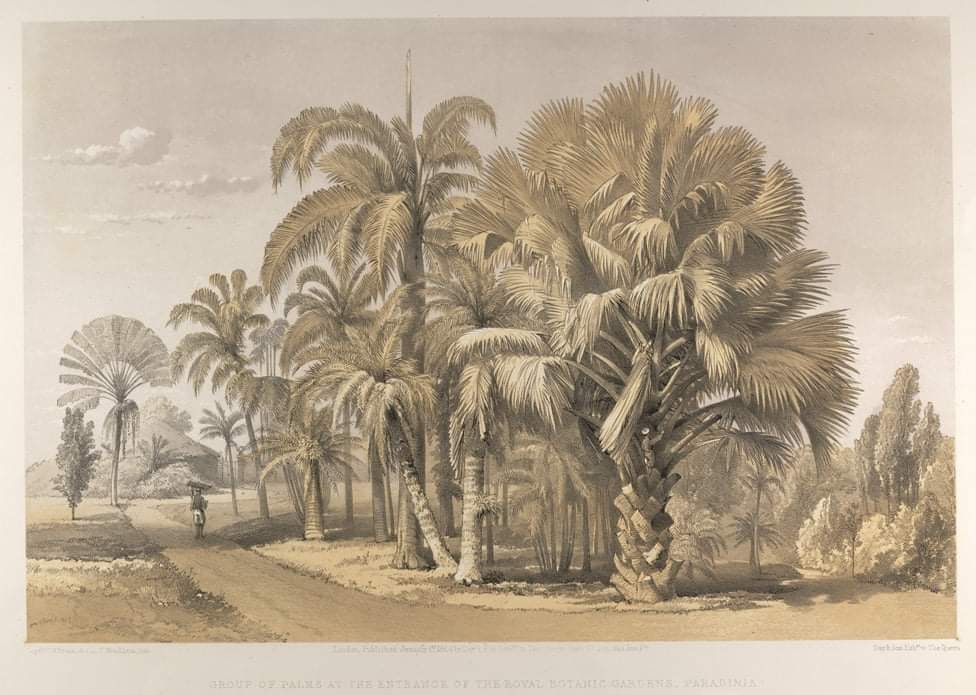
Sir Alexander Moon, a British forest superintendent, is credited with laying the foundation of the present garden. It was first planted to grow and research cash crops like coffee, cinnamon, and nutmeg, but it later became a big repository of global flora. The garden was opened to the public in 1843 and began importing and growing exotic plant species from all over the world.
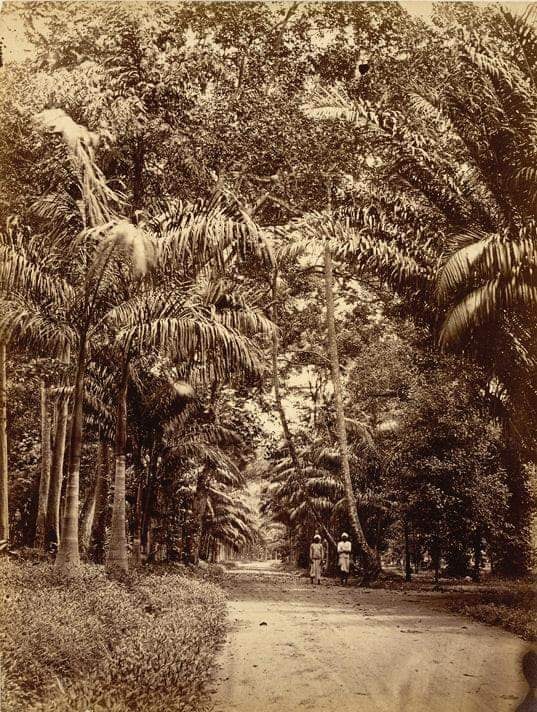
Geographic and Climatic Features
Peradeniya is located in Sri Lanka’s wet zone, a part of the country that is conducive to the cultivation of tropical and subtropical plants. The garden is at about 460 meters above sea level with a mild climate year-round, with temperatures ranging between 22°C and 30°C on average. The Mahaweli River, the longest river in Sri Lanka, flows as a natural boundary along the south edge of the garden, adding to its charm.
This unique topography and climate condition Peradeniya as the ideal location for plant growth, allowing diverse species from across the globe to flower in the same location.
Floral Diversity and Botanical Significance
The Peradeniya Botanical Garden holds more than 4,000 species of plants including palms, orchids, ferns, medicinal plants, spices, and flowering trees. The variety of flora makes it a major botanical hub for study and research, in addition to being a sanctuary for threatened and endemic flora.
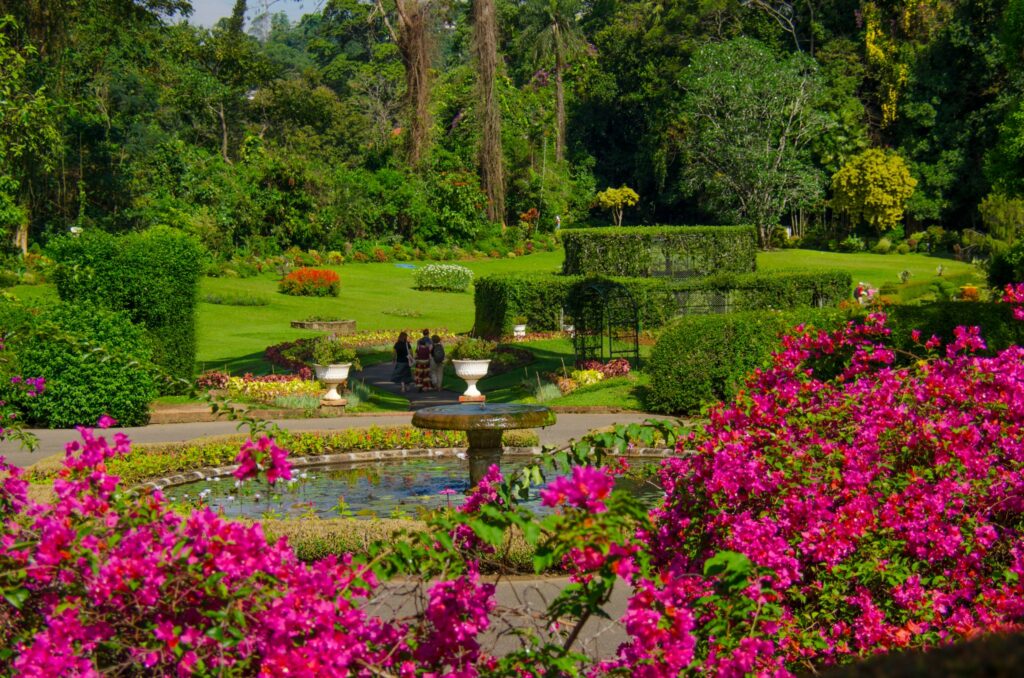
Key Highlights of the Garden:
Orchid House: One of the garden’s finest attractions is the Orchid House, which contains over 300 varieties of orchids, including native and exotic ones like Vanda, Dendrobium, and Oncidium. The flowers’ lovely hues and delicate shapes captivate thousands of tourists each year.
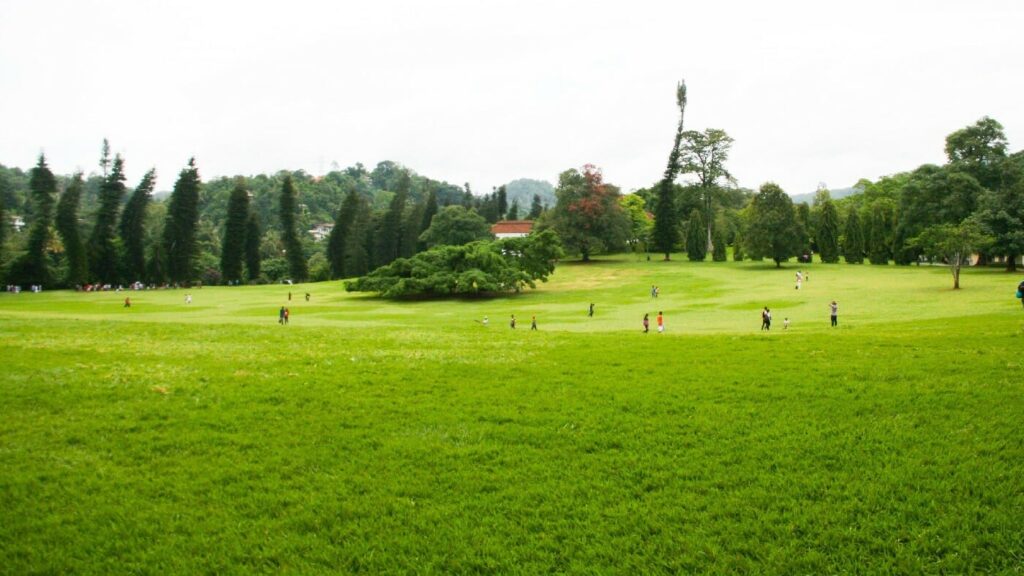
Avenue of Royal Palms: This mythic avenue is lined with regal Roystonea regia (royal palms) and is one of the most photographed sections of the garden. It symbolizes colonial-era landscaping at its most resplendent.
Giant Bamboo of Burma: These quick-growing bamboo shrubs reach as high as over 40 meters and are an awe-inspiring sight of tropical flora.
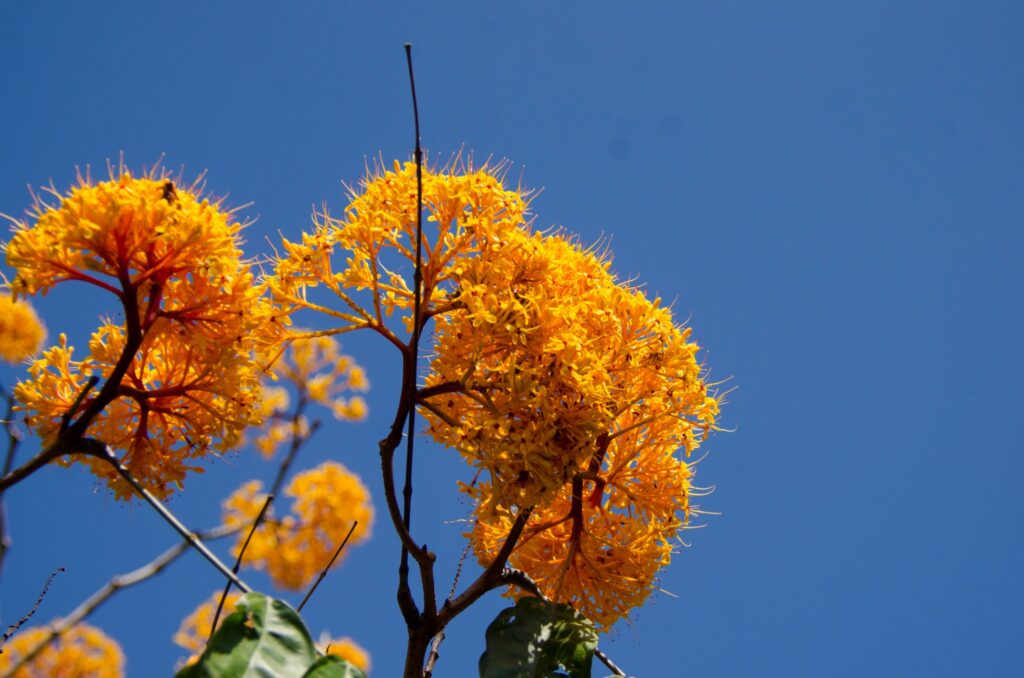
Cannonball Tree (Couroupita guianensis): This beautiful tree, originating from Central and South America, features large round fruits and flowers on its trunk. Both beautiful and infamous due to the very loud noise the fruit makes upon falling, the Cannonball Tree is one not to forget.
Double Coconut Palm (Lodoicea maldivica): This is indigenous to Seychelles and bears the biggest seed among plants. It is a rare plant that occurs in a few locations around the world.
Medicinal Garden: This is a section that hosts a variety of Ayurvedic and medicinal plants, including Ayurvedic medicine practiced under traditional Sri Lankan culture. Plants such as iriveriya and kaluduru are explained regarding their use in medicines.
Cultural and Historical Connections
The Royal Botanical Gardens are not only of scientific importance but also cultural and historical. Over the decades, it has been visited by many of the world’s leaders and dignitaries, including Queen Elizabeth II, Yuri Gagarin, and Jawaharlal Nehru. Planted by distinguished visitors, there are some trees in the garden that have plaques with their names and date of visits.
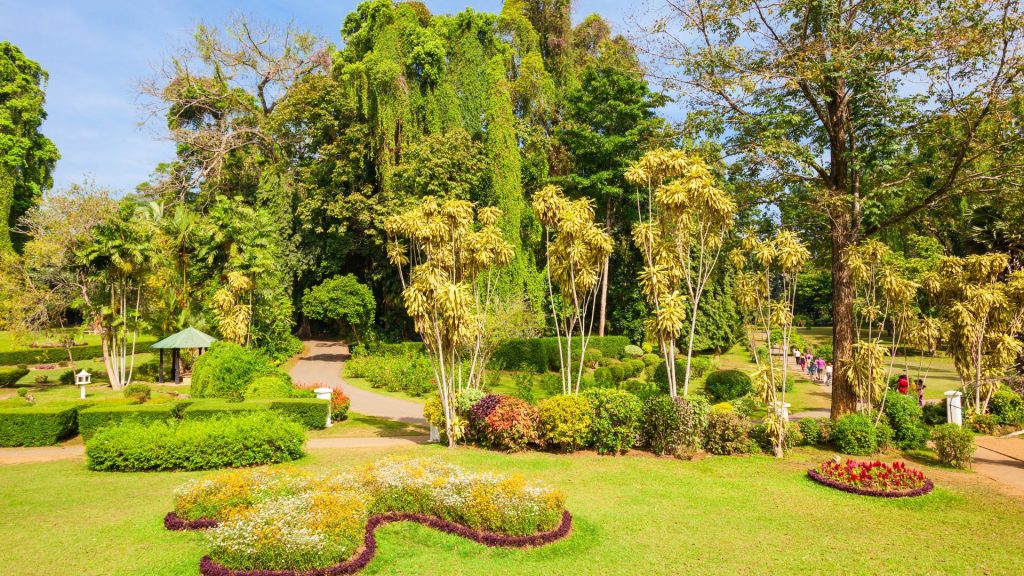
The gardens were also utilized on a temporary basis as headquarters for the Allied Forces during World War II in the Southeast Asian region. The open space and strategic location made it the ideal base of operations, although it resumed its peacetime function very soon after the war.
Educational and Research Functions
Apart from being a highly visited tourist attraction, the Peradeniya Royal Botanical Gardens also play a vital role in botanical studies and education. They are managed by the Department of National Botanic Gardens, which also looks after other botanical sites in Sri Lanka. Research in plant taxonomy, methods of conservation, and propagation of plants is carried out here, in general association with international institutes.
The garden is used by students of the adjacent University of Peradeniya for field studies and botanical research. Training programs, workshops, and awareness campaigns are also regularly organized for students, farmers, and nature enthusiasts.
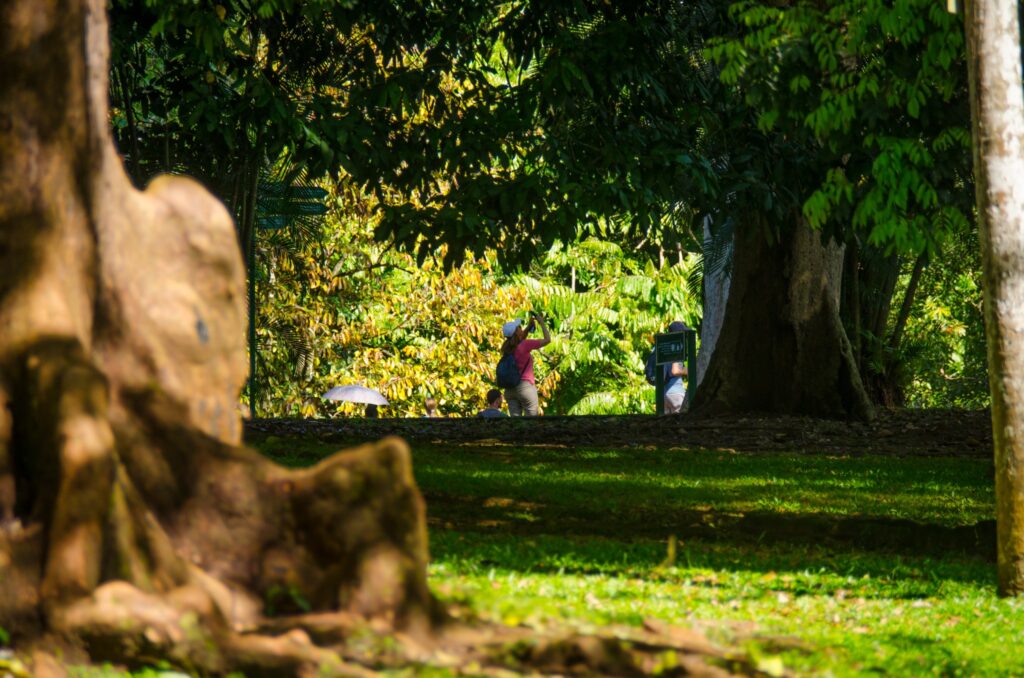
Visitor Experience
Visitors to Peradeniya Botanical Garden are welcomed by a serene and well-maintained setting, ideal for walking, photography, or simply immersing oneself in nature. The garden is well signposted, with bilingual signs on boards informing visitors about various plant species.
Amenities: Rest areas and benches, Cafeterias and snack bars, Plants and souvenir gift shops, Guided tours and audio guide
The garden is specifically suited for picnics, school children’s field trips, and wedding photography. The walkways are paved and wheelchair accessible, so the garden can be enjoyed by all people of all ages and capabilities.
Most visits take 2 to 3 hours, although there are individuals who like to spend the entire day touring the property in detail.
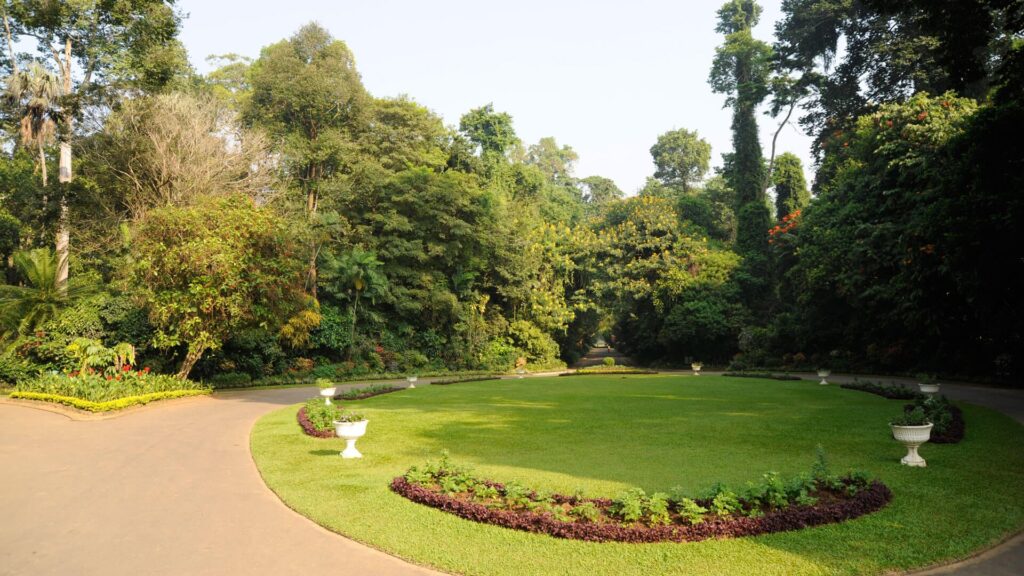
Conservation and Environmental Efforts
In an era of rapid urbanization and global warming, such gardens as Peradeniya are vital institutions in plant conservation and biodiversity protection. The garden is actively engaged in the following: The cultivation of indigenous and endangered plant species Seed banking and germplasm storage Public education on sustainable gardening and conservation practices
The garden is also cooperating with global botanical networks to share data and develop conservation strategies. Peradeniya, therefore, is contributing to global environmental sustainability while preserving Sri Lanka’s unique natural heritage.
Peradeniya Royal Botanical Gardens is much more than a tourist site; it is a living museum, a scientific institution, and a sanctuary for flora. With its vast floral diversity, its heritage, and its emphasis on conservation, the garden is a testament to Sri Lanka’s determination to preserve its natural and cultural heritage. Be a botanist, a student, a tourist, or just a nature enthusiast, a visit to Peradeniya is an intense, invigorating, and enlightening experience that stays with you long after you have departed.
Contact Information
Located in: Department Of National Botanical Garden
Address: Royal Botanic Gardens, Kandy – Colombo Rd, Kandy 20400
Phone: 0812 388 088
Open Hours – 7.30AM – 5PM
Map of Royal Botanical Gardens, Peradeniya
